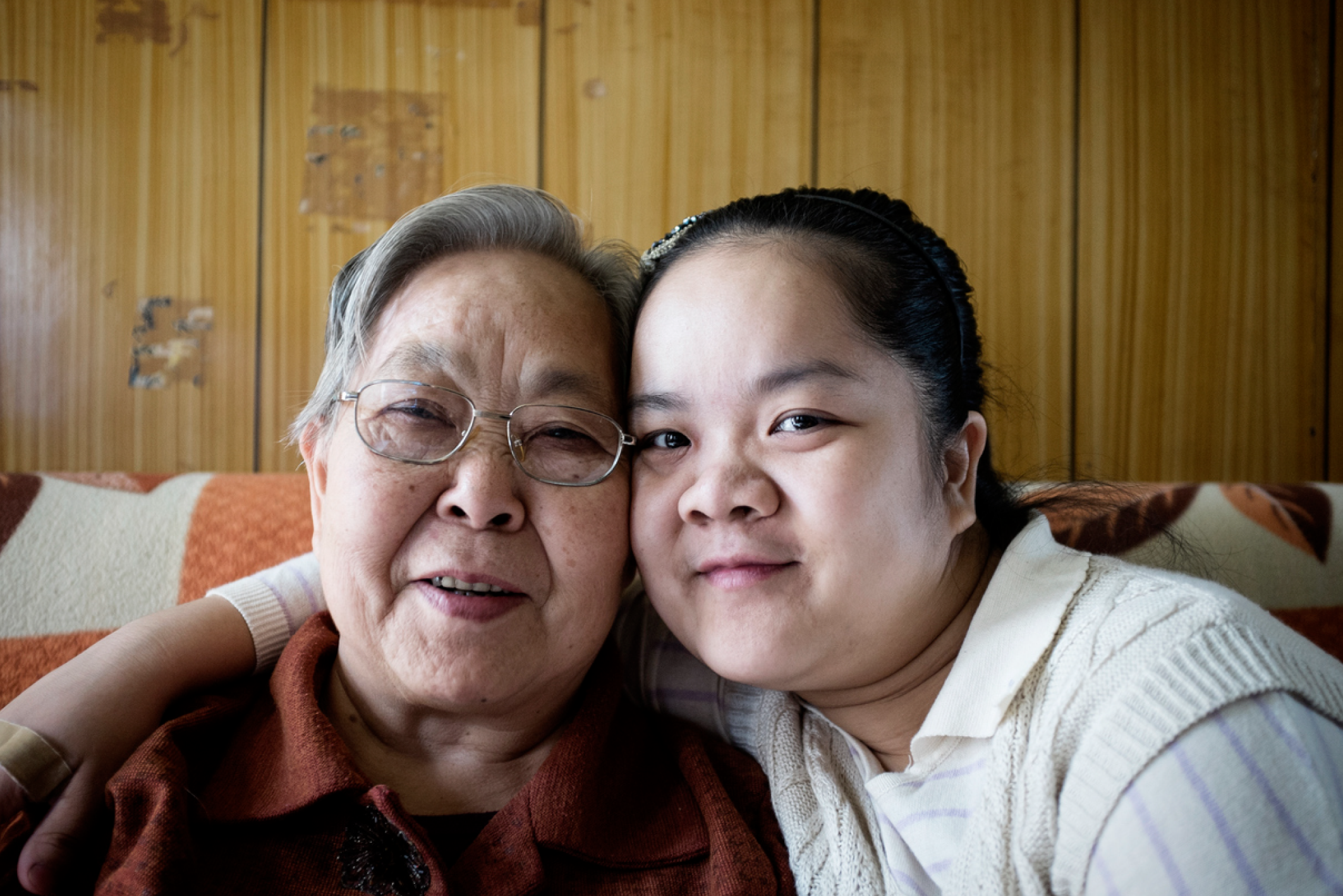How Essential Together contributed to better healthcare in Canada
The essential role of care partners became more evident throughout the COVID-19 pandemic – highlighting the importance and the benefits they bring to the care and well-being of their loved ones. We also saw that when their presence was restricted in health and care settings across the country, many unintended harms occurred that impacted the safety, experience and outcomes of those receiving care, their care partners and healthcare providers.
The Essential Together program was rapidly developed to respond to the needs and priorities of patients and their caregivers. It was designed as an open access program to ensure everyone within Canada and beyond, could access the materials and resources to enable caregiver presence to support the care of their loved ones. The program focused on guiding and impacting policies related to essential care partner presence, and the implementation of the policy guidance.
Between March 2020 and March 2023, the Essential Together program supported patients, families and caregivers, healthcare organizations and decision-makers to successfully integrate Essential Care Partners into health and care settings. You can:
- Access Essential Together Learning Bundles with tools and resources that can be adapted to implement policy guidance
- Complete an organizational self-assessment (PDF) to identify strengths and areas for improvement to safely welcome Essential Care Partners.
- Listen to Essential Together Huddle recordings.
- Access to dedicated coaching and other support (for organizations that formally join the program).
- Link into the latest evidence and environmental policy scans for what’s happening across Canada related to essential care partners
We know there is different language and terminology used across the country, but to make sure we provide as much clarity as possible, in this context:
Blanket visitor restrictions refer to restrictions that extend to all “visitors” entering a facility, often without exceptions, including essential care partners.
Essential care partners provide physical, psychological and emotional support, as deemed important by the patient. This care can include support in decision making, care coordination and continuity of care. Essential care partners are identified by the patient (or substitute decision maker) and can include family members, close friends or other caregivers.
Patients includes residents and clients.
Patient partners include patients, residents, clients, families, caregivers and care partners, and others with lived experience who are working together with teams to improve the quality and safety of healthcare.
Health and care facilities refers to hospitals, long-term care/residential care/nursing homes and other congregate care settings as well as primary care and outpatient care settings.
Open family presence policies support the presence of essential care partners at patient bedside at any time and not restricted by “visiting hours.”
Our partners
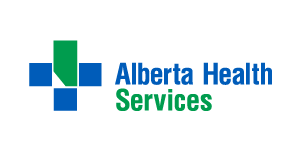
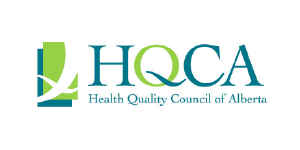
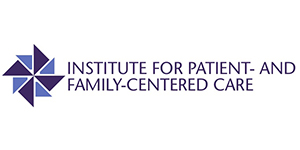
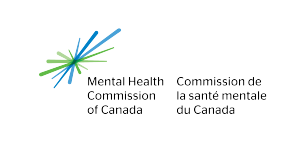

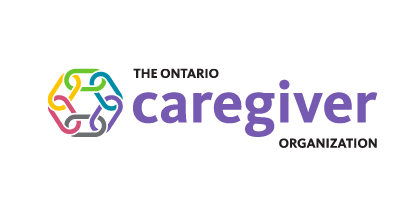
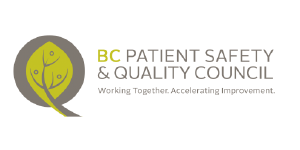




[i] Farmanova, Elina, Maria Judd, Christine Maika, and Graeme Wilkes. “Much More Than Just a Visit: A Review of Visiting Policies in Select Canadian Acute Care Hospitals.” Canadian Foundation for Healthcare Improvement (2016)
Related Resources
{{currentEntry.friendlyTitle.length > 0 ? currentEntry.friendlyTitle : currentEntry.title}}
- {{param_allText}}
- {{decodeURI(filterType.title).replaceAll('+', ' ').replaceAll('%26', '&')}}
- {{param_allText}}
- {{decodeURI(filterType.title).replaceAll('+', ' ').replaceAll('%26', '&')}}
- {{param_allText}}
- {{decodeURI(filterType.title).replaceAll('+', ' ').replaceAll('%26', '&')}}
